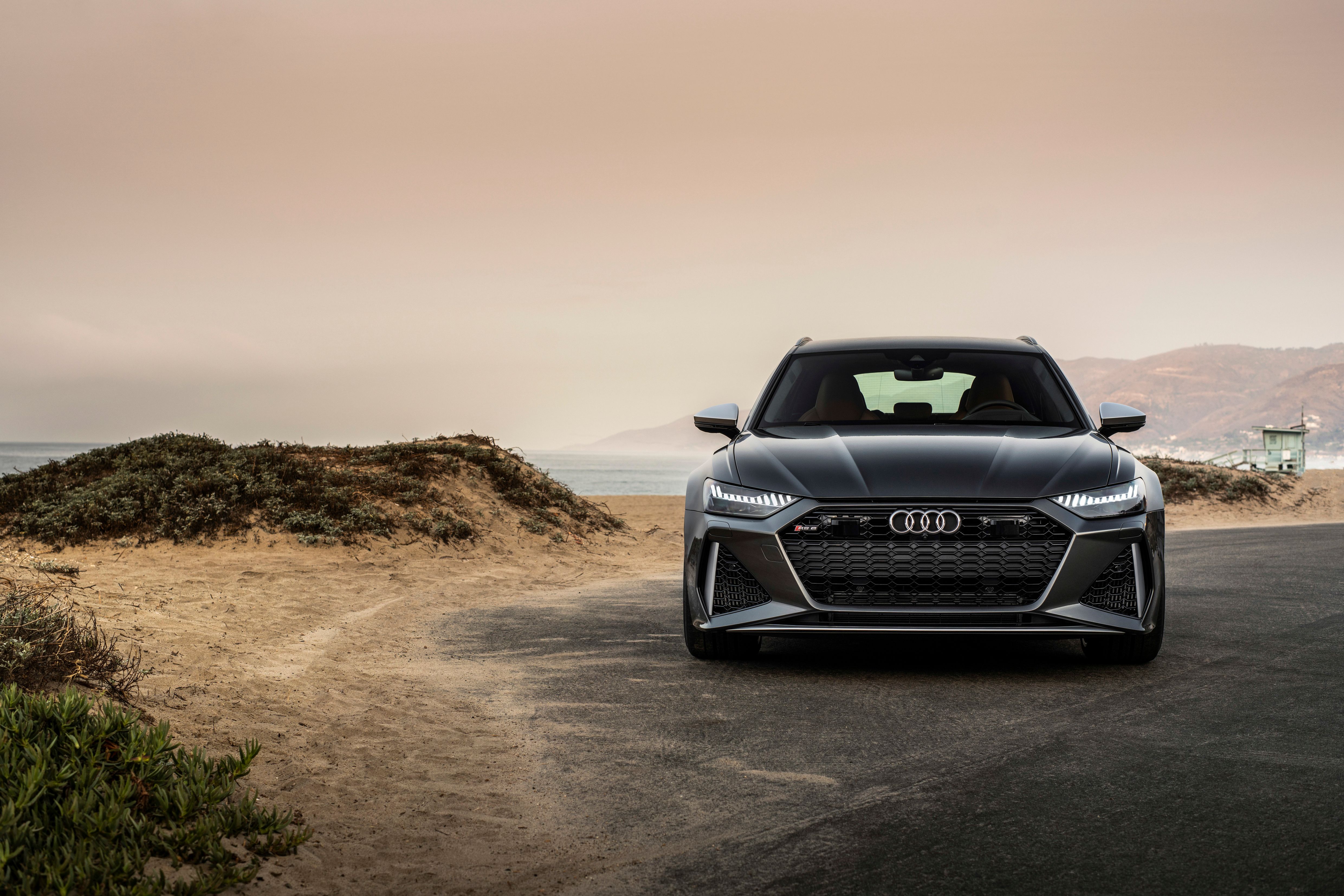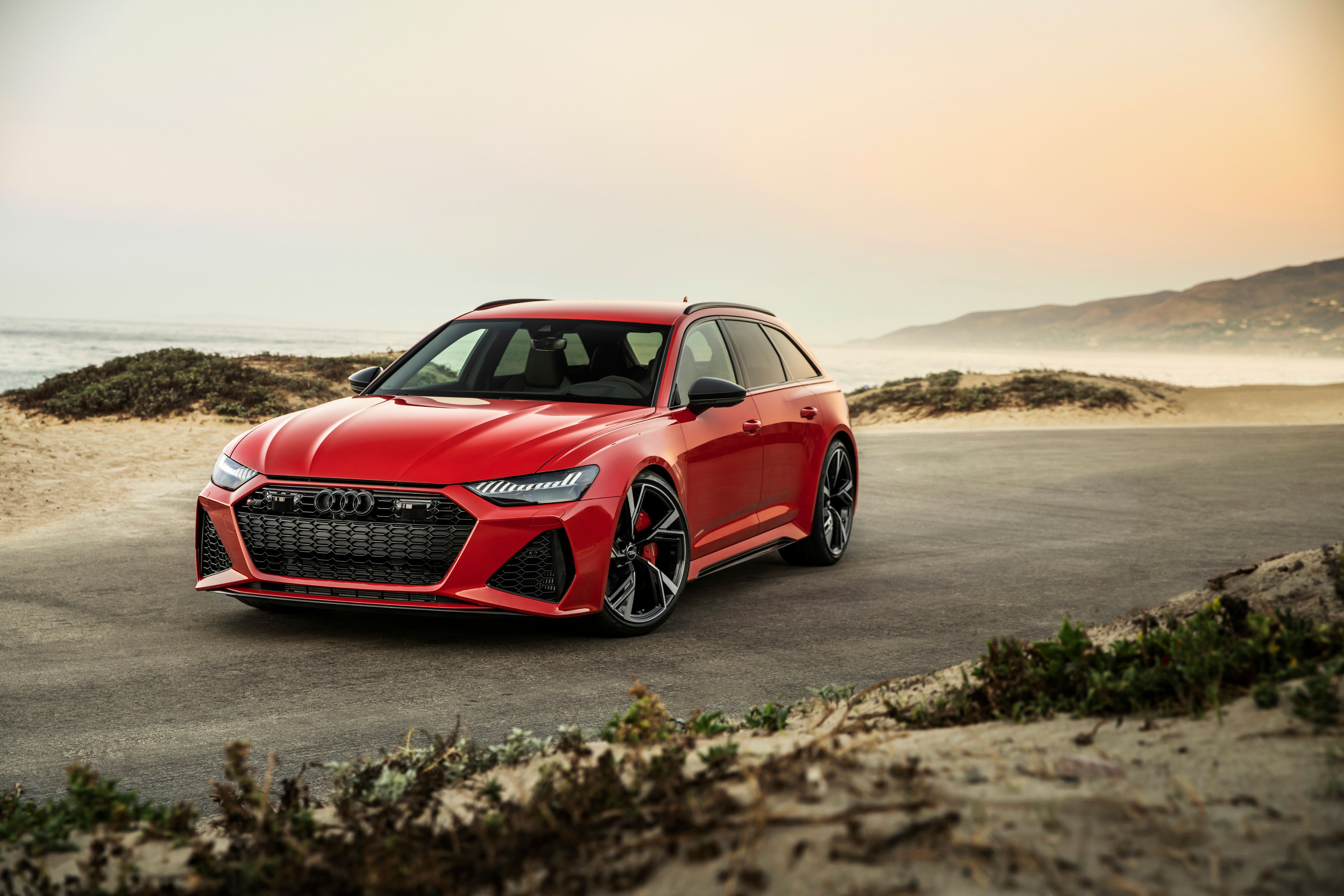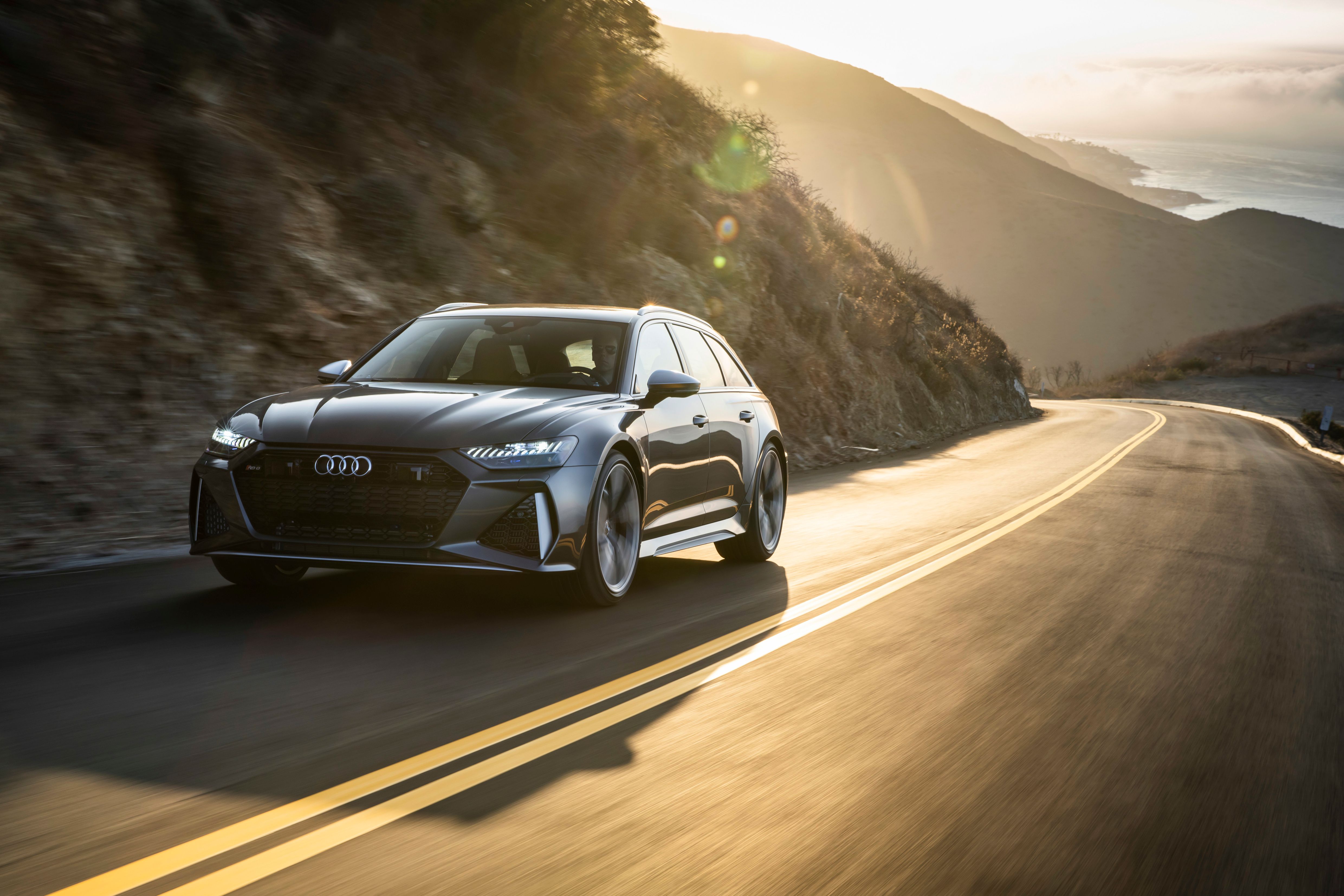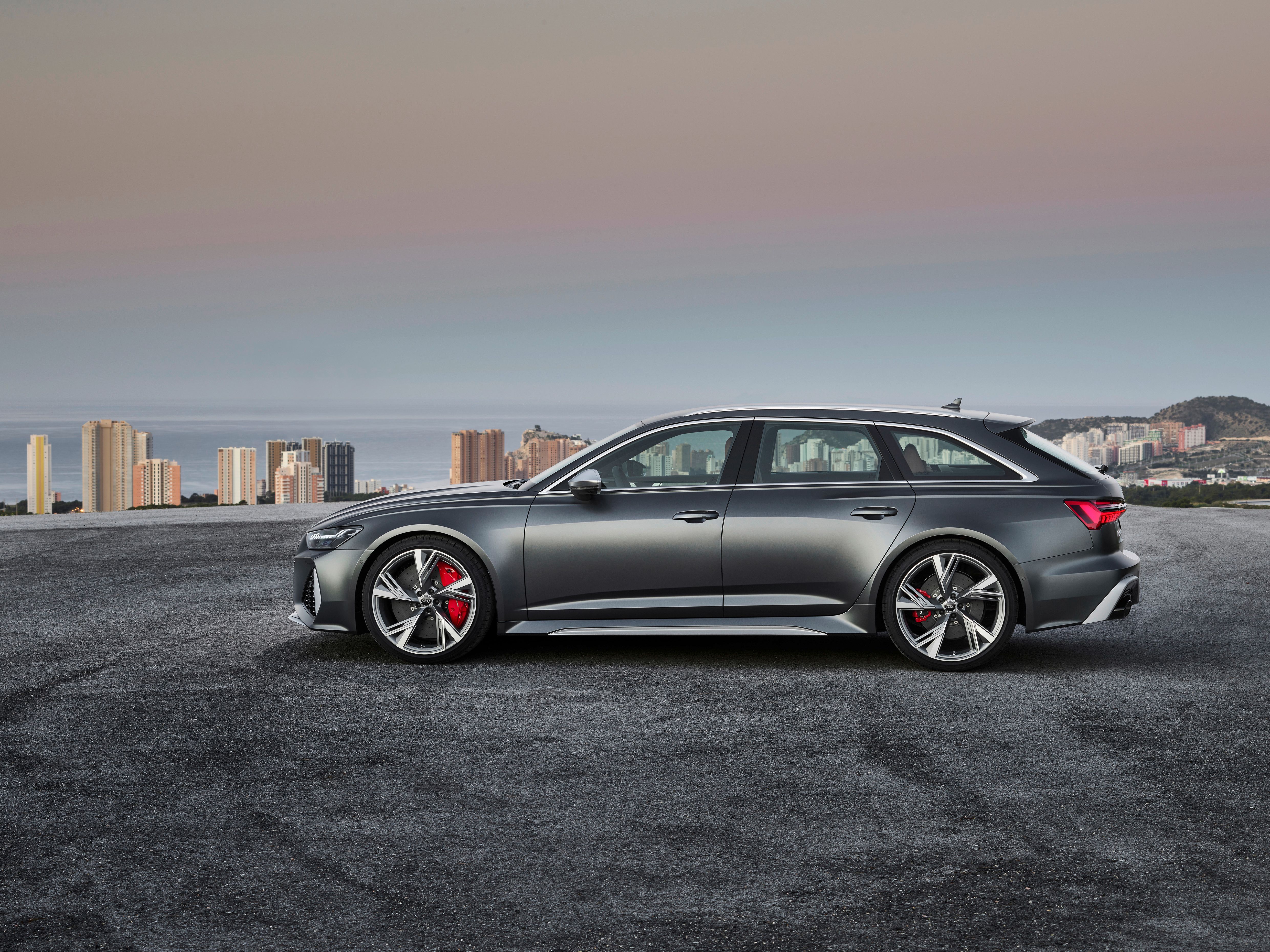Exactly twenty years ago, Audi debuted its first top-tier high-performance estate with the RS6 nomenclature. Since then, it has been the most potent performance wagon from the Ingolstadt-based carmaker. While the company is seeking full electrification by 2033, it has confirmed that the upcoming generation of the RS6 Avant will feature ‘more hybridization’ before it turns into a full-fledged EV. But the performance is expected to be significantly higher than the generation it will replace.
Final ICE-powered RS6 Avant
The fourth-generation RS6 Avant, considered the most potent RS6 ever made, is not a purely ICE-powered car either. Instead, a 48-volt mild-hybrid system has been integrated inside the powertrain for better acceleration and to reduce turbo lag from the twin-turbo V-8. The engine can produce 591 horsepower and 590 pound-feet of torque in this form. So hybridization is not new to Audi, especially the RS6 wagon. But like most Mercedes-AMG top-tier models, the RS6 will seek a plug-in hybrid solution.
Audi has confirmed that the C8 generation of RS6 will remain on the market until 2025. In a report from Wheels, the current Audi R&D boss has stated that “of course this (hybridization) is the way to go, in the next generation I can tell you it will have more hybridization. This is our way toward fully electrified cars.” This indicates that the upcoming RS6 Avant will be a PHEV, but the powertrain choices are unclear. Either Audi will scrape the V-8 for a more efficient 2.0-liter four-pot or a V-6 engine or cap the V-8’s power and let the electric motor(s) do the magic.
The C9 RS6: A whole new opportunity
Stephan Reil, the R&D boss, talked about the evolution of the powertrains inside the RS6 wagon since its debut in 2002. He explains that “it started about a generation after C6 that CO2 emissions got more and more important. Then on the C7 we had the downsizing from a V-10 to V-8, we brought in cylinder deactivation, and on the C8 we now have a 48-volt mild hybrid system”. He continued about the benefits of a ‘proper hybrid drivetrain’- “the hybrid system, first of all, means there are additional parts that need to be packaged to get into the car. Then of course it gives you more possibilities in driving modes, and you can use the electrification on certain weak points of your combustion engine”.
The existence of plug-in hybrids has never been questioned because they provide the best of both worlds with added performance and excitement. Not to mention the increased efficiency and instantaneous power delivery. Take the example of the top-spec Porsche Cayenne, which comes in the form of Turbo S E-Hybrid. Its twin-turbo V-8 with the electric motor puts out 670 horsepower and even can drive up to 15 miles on EV mode. Of course, you don’t need an introduction to Ferrari’s first PHEV, the SF90 Stradale with 986 horsepower. We certainly wouldn't expect a 1000-horsepower RS6 Avant, but similar performance to the Cayenne Turbo S E-Hybrid is possible.





